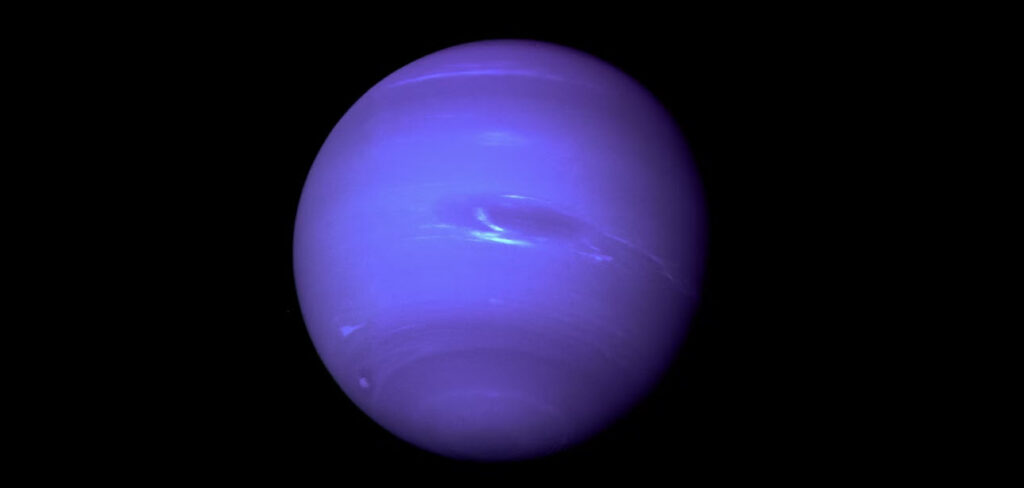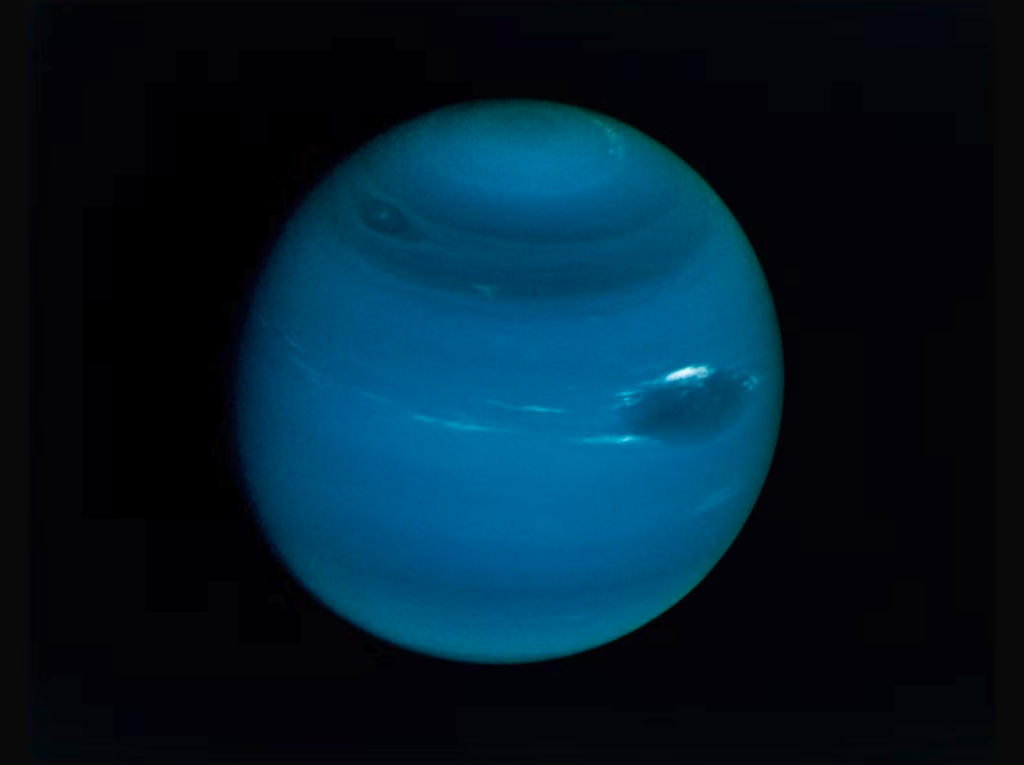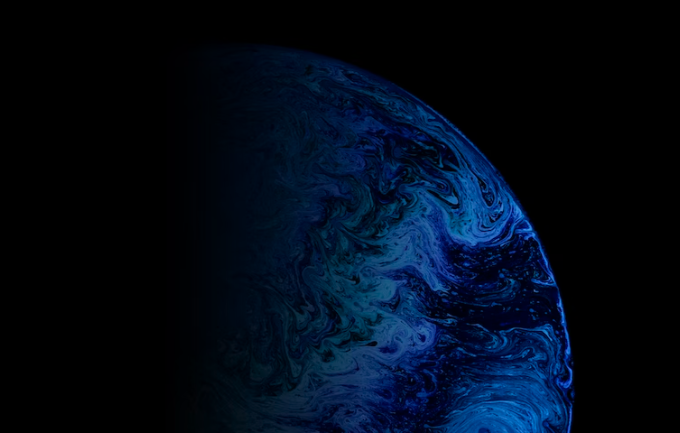Farthest Planet from the Sun – The Noteworthy New Title Recipient
Most people probably learned in grade school that Pluto is the farthest planet from the sun. However, things have changed.
You see, Pluto isn’t a planet but is something called a dwarf planet.
So, what planet is farthest from the sun in that case? Neptune, with a distance of about 4,500 km from the sun, comes out the winner.
But, there’s a whole lot more to know about Neptune than just the distance. Here’s what else to know about this far away planet and our solar system!

The Distance of the Planets from the Sun
Eight official planets make up the solar system. In order, their distances from the sun are as follows:
- Mercury: 57,910,000 km
- Venus: 108,200,000 km
- Earth: 146,600,000 km
- Mars: 227,940,000 km
- Jupiter: 778,330,000 km
- Saturn: 1,429,400,000 km
- Uranus: 2,870,990,000 km
- Neptune: 4,504,300,000 km
You’ll sometimes hear teachers go over the order of the planets using the following phrase:
My Very Excellent Mother Just Served Us Nachos.
The first letter of each of the words in the sentence is the same as a planet, starting from the closest to the sun and ending at the farthest away!
One thing to note when talking about the distance of a planet from the sun, however, is that distances can actually vary according to the orbits of each planet. The distance of the planets from the sun is measured in atomic units (AU) at two different orbital moments:
- Perihelion: measured at its closest orbital point
- Ahelion: measured at its farthest orbital point
To put it in layman’s terms, that means that perielion measures the part of a planet’s orbit that puts it closest to the sun. Ahelion measures the part of a planet’s orbit that puts it farthest away from the sun.
Dwarf Planets and Their Distance from the Sun
Remember how we mentioned that Pluto is what’s called a dwarf planet? Well, if we are trying to answer the question which of the planets is farthest from the sun, it’s a tricky one.
As it turns out, it’s actually not the only one!
As of today, five dwarf planets (including Pluto) have been discovered. Here are their distances from the sun:
- Ceres: 413,690,250 km
- Pluto: 5,913,520,000 km
- Haumea: 6,432,011,461 km
- Makemake: 6,783,345,606 km
- Eris: 10,180,122,852 km
Dwarf planets have specific characteristics that differentiate them from ordinary planets. A few of those differences include:
- Orbiting around a star
- Having enough mass to have an almost spherical shape due to hydrostatic balance
- Not being a satellite or a moon
- Sharing the orbit with other objects.

Which Planet is Farthest from the Sun?
The International Astronomical Union decided in 2006 that Pluto was no longer a planet, the ninth in the solar system, but a dwarf planet.
What this meant was that Neptune now stood as the farthest planet from the sun. That puts it at 2.8 billion miles, or 30.07 AU, from the sun!
Neptune is a ringed planet and has 13 moons that orbit around it. It has a characteristic bluish color thanks to the amount of methane that is concentrated in its atmosphere.
The methane absorbs red light rays, leaving blue ones free. That gives it a pretty unique color!
In terms of size, Neptune is the fourth largest, with a linear diameter of approximately 49,500 km. That’s about 3.8 times the linear diameter of the earth!
Neptune also has more volume than the earth. In fact, it’s about 72 times the volume of the earth and has a mass of about 17 times the earth.
Neptune has a rotation period of approximately 16 hours and a sidereal period of revolution of 164.79 years. This icy giant, thanks to its distance from the sun, has an approximate temperature of -214 °C. Talk about cold!
Discovering Neptune
Neptune was discovered in September 1846 by astronomers. They did this using mathematical calculations that had predicted its position thanks to some inconsistencies in the orbit of the planet Uranus.
Now, even though it’s hard to see Neptune with the naked eye, astronomers managed to discover the planet using a telescope.
However, it wasn’t until 1989, with the flyby of Voyager 2, that it was possible to learn more about this last blue planet. That’s when scientists became aware of the planet’s blue color, moons and rings!
The Other Planets and Their Distance from the Sun
Okay, so Neptune is the farthest planet from the sun.
But, what else can we learn about the other planets and their distance from the sun?
Starting from the farthest planet to the closest, here’s what else to know about.
Uranus
Uranus is 1.8 billion miles or 19.19 AU away from the sun. Like Neptune, methane ice gives it a bluish appearance. It is the coldest planet in the overall solar system, with a temperature of -216 °C.
Saturn
At 886 million miles or 9.5 AU away from the sun, this planet is one of the gas giants. It’s famous for the ring system that surrounds it. The average temperature on the planet is -178°C, considerably higher than on Uranus.
Jupiter
The fifth planet from the sun is 484 million miles or 5.2 AU away and has a temperature of -148 °C. It’s also the largest planet in the entire solar system and is 317 times bigger than the earth!
Mars
The closest to earth and the fourth planet from the sun, Mars, is 142 million miles or 1.52 AU away from our giant star. Thanks to its surface composed of iron oxide, it has a very characteristic reddish color. The temperature on this planet has different ranges and seasons, just like the earth.
The Earth
Earth is so far the only planet known to have life, and it orbits the sun at a distance of 93 million miles. That’s just one AU! The earth’s average temperature is 14°C, but it can vary quite widely.
Venus
Venus is much closer to the sun at 67 million miles or 0.72 AU away. It’s a small planet and the hottest in the solar system, with a temperature of 462 °C.
Mercury
Although it’s still a very big distance, this planet is the closest to the sun at 36 million miles or 0.39 AU away. It’s also the smallest of the whole system.

Meet Neptune, the Farthest Planet from the Sun
So, what’s the farthest planet from the sun?
Despite what most people think, it’s not Pluto. In fact, Pluto is just a dwarf planet! As a result, the farthest planet from the sun is Neptune.
Neptune is the eighth and last planet in the solar system. It’s so far away that it’s almost imperceptible to the naked eye!
As such a distant planet, there’s still so much more that we can learn about it. Check out our other posts for more knowledge about Neptune and other planets in our solar system.
